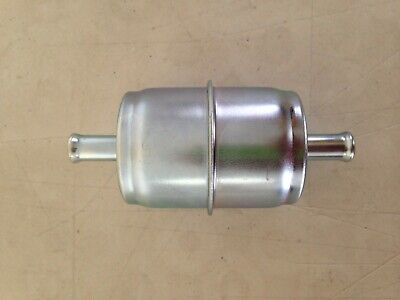Ronw435
Registered User
Cubey, I took the switch apart again to show you what I'm talking about. I check for continuity between the lugs in the first pic. None connect together internally. So in the first pic on the left the red wire would be on the upper right lug, the orange, brn/w , black are on the other side of the switch. When I turn the ign on the red is the only one with power. What my feeble brain can not figure out is how the power gets to the FSV. There is a yellow/gry, yellow/white. blue with yellow strip, red, and brown wire in the plug that connects to the FSV. Not necessarily in that order. But they don't appear to have ever been screwed with. When the key is turned on the red wire at the FSV does not have power there is intermittent voltage at the blue wire but it is pulsing.
In your second drawing that you were talking about it shows the power (red)number 2 goes to either the orange (3) or brown wire (1) which I can not figure out how number 2 gets power to either 3 or 1. If it was a DPDT I could understand how but with this original switch it boggles my mind. I can not figure out it can get there.
Does any of this make sense?
Thanks
In your second drawing that you were talking about it shows the power (red)number 2 goes to either the orange (3) or brown wire (1) which I can not figure out how number 2 gets power to either 3 or 1. If it was a DPDT I could understand how but with this original switch it boggles my mind. I can not figure out it can get there.
Does any of this make sense?
Thanks

![IMG_0189[1].JPG](/data/attachments/146/146657-b4ebcfb6e5b8e379a35fe7fccd256d67.jpg)
![IMG_0191[1].JPG](/data/attachments/146/146658-7d7a9dfe3d795b6f27185e381d403366.jpg)
![IMG_0192[1].JPG](/data/attachments/146/146659-41b97baa4aa190b1d8bde7c2e37f8da8.jpg)
